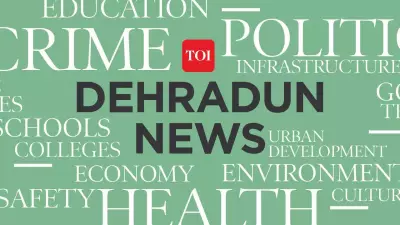
In a remarkable demographic revelation that has caught the attention of election analysts, Bihar's electoral landscape is witnessing an unusual pattern among its oldest citizens. The state's voter lists show a surprising gender imbalance in the centenarian population, with women significantly outnumbering men in this elite age group.
The Numbers Tell a Compelling Story
According to the latest electoral data analyzed ahead of the crucial Lok Sabha elections, Bihar boasts 6,413 voters who are 100 years or older. What makes this statistic particularly intriguing is the gender distribution: 3,542 of these super-senior citizens are women, while only 2,871 are men.
This translates to a substantial gap of 671 more women centenarians than their male counterparts, presenting a fascinating case study for demographers and public health experts alike.
Patna Leads the Centenarian Count
The capital district of Patna emerges as the frontrunner in this unique demographic race, recording the highest number of centenarian voters across the state. This pattern aligns with broader national trends showing improved life expectancy for Indian women, but the scale of disparity in Bihar's oldest voter segment is particularly noteworthy.
Electoral officials have been meticulously verifying these records to ensure accuracy, given the significance of every vote in the upcoming parliamentary elections. The data reflects not just voting patterns but also tells a larger story about health, longevity, and social dynamics in one of India's most populous states.
Broader Implications for Democracy and Demography
This gender imbalance among centenarian voters raises important questions about:
- Women's longevity in regional context
- Healthcare access across different demographics
- Electoral participation among senior citizens
- Social factors influencing lifespan disparities
As election authorities finalize preparations for the Lok Sabha polls, this data serves as a reminder of the diverse constituencies that make up India's vibrant democracy. The significant presence of women in the oldest voter category underscores changing social dynamics and highlights the importance of inclusive electoral processes that cater to all age groups and genders.
This trend observed in Bihar's voter lists provides valuable insights for policymakers, healthcare professionals, and social scientists studying aging patterns in India's rapidly evolving demographic landscape.





